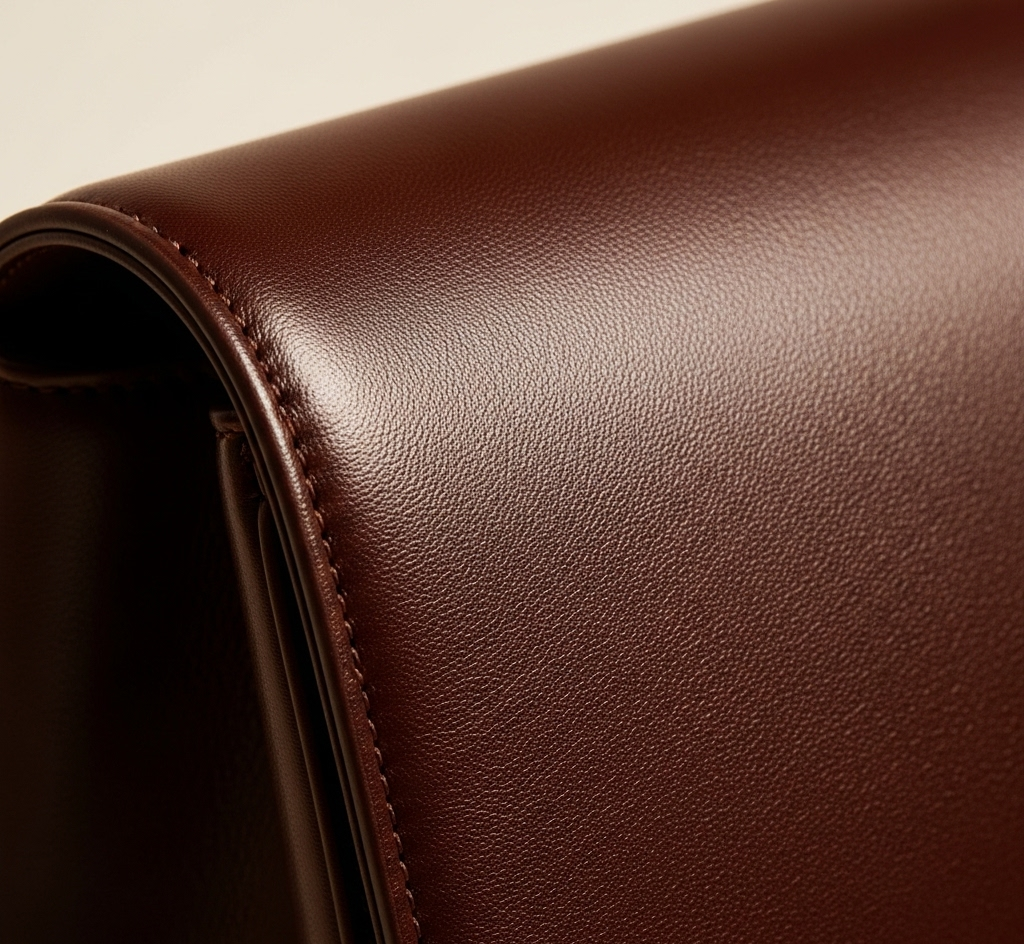
In the world of luxury leather goods, where a single handbag can command prices equivalent to a small car, the eternal tug-of-war between cost efficiency and unparalleled craftsmanship defines the industry’s heartbeat. As we navigate 2025, luxury brands are grappling with macroeconomic headwinds, supply chain disruptions, and evolving consumer demands for sustainability and ethics. Strategic procurement isn’t just about buying materials—it’s the art of sourcing that preserves the soul of craftsmanship while keeping the bottom line intact. This blog post dives into this delicate balance, exploring how luxury leather manufacturers can thrive without compromising their heritage.
At its core, luxury leather manufacturing is synonymous with craftsmanship—a blend of heritage techniques, skilled artisans, and premium materials that elevate products from mere accessories to timeless heirlooms. Perceived craftsmanship not only influences brand meaning but also drives consumer behavior, making it a strategic asset for luxury experience management. Brands like Hermès and Louis Vuitton have built empires on this foundation, where every stitch and tannery process tells a story of dedication.
However, in an era where consumers are blurring the lines between production and consumption by crafting their own luxury items at a fraction of retail costs, the value of true artisanal work is under scrutiny. Sourcing without soul risks turning luxury into “expensive fast fashion,” eroding the exclusivity that defines the market. For manufacturers, this means prioritizing suppliers who uphold ethical standards and superior quality, even if it means investing in bespoke processes that highlight individuality and longevity.
On the flip side, cost management has never been more critical. The luxury goods sector is facing supply chain jeopardy, with potential shortages in raw materials like high-grade hides driving up expenses. Procuring premium materials and artisanal labor often comes with hefty price tags, yet profitability demands tight control.
Pricing strategies play a pivotal role here. Common approaches include cost-based pricing (factoring in materials and labor), value-based pricing (emphasizing perceived worth), and competition-based pricing (benchmarking against rivals). For instance, when crafting a leather bag, materials might cost $35 and labor $60, leading to a suggested retail price of $380 after markups for overhead and profit. But in luxury, it’s not just about numbers—overemphasizing costs can dilute the craft, turning bespoke items into mass-produced commodities.
Strategic procurement emerges as the bridge between cost and craft. It involves not only selecting suppliers but also integrating sustainability to align with consumer values while managing expenses. Luxury fashion companies implement various supply chain strategies, from vertical integration to collaborative partnerships, to ensure resilience and quality.
Key tactics include:
By viewing procurement as a strategic function, manufacturers can mitigate the challenges of high-end sourcing while amplifying the craft that sets luxury apart.
Look at Hermès: Their proactive acquisitions in the supply chain of craft have shielded them from volatility, allowing consistent delivery of iconic pieces like the Birkin bag. Meanwhile, the broader industry is adapting to a market that’s lost about 50 million consumers, pushing brands to innovate in cost management without sacrificing quality.
Artisan crafters, too, are finding success by pricing goods based on true value—factoring in not just costs but the emotional and experiential appeal of handmade luxury. This approach ensures profitability while honoring the craft.
As we move deeper into 2025, trends point toward a more integrated approach where luxury brands adjust strategies amid headwinds, emphasizing resilient supply chains. Bespoke leather goods are gaining traction for their personalization and sustainability benefits, offering factories enhanced brand appeal and growth.
The debate between mass production and artisanal methods will intensify, but the winners will be those who blend efficiency with authenticity. Expect greater emphasis on digital tools for procurement tracking and AI-driven forecasting to optimize costs without eroding craft.
© 2025 Lasso Supply Chain Software LLC
Get instant access to our report on the Top Procurement Trends of 2025.
Get instant access to our report on the Top Procurement Trends of 2025 by filling out the form below.
